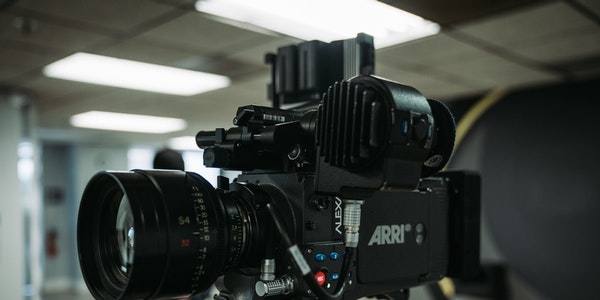Table of Contents
Proportion of film shooting
Shooting ratio is the ratio of the length of the film used during shooting to the length of the film actually being screened. For example, when shooting 50,000 feet of film, but only using 10,000 feet for screening, it is the shooting ratio of 5:1.
The total size of the film used to shoot a film is often several times the size of the finished product. After the total number of feet is compared with the number of finished products, a ratio is generated. No matter how well prepared the film is, there will still be many unpredictable circumstances that increase the rate of film loss.
Photography
Photography has two meanings:
One refers to the film crew. The film crew is the embodiment of the plastic art of a film. A movie, the culmination of the work of all the creative staff, is shot by the photographers one shot at a time. He “creation” with the director, that is to say, as a photographer, his duty is to use photography methods and techniques to realize the director’s creative intentions and artistic ideas under the guidance of the director’s creative thoughts.

The second is the process of capturing scene images with a movie camera. It usually involves three steps:
1. Expose the shape of the scene on the photosensitive film through the lens to form a latent image,
2. The exposed photosensitive film is subjected to chemical treatments such as development and fixing to obtain a negative image whose brightness is opposite to the scene or the color and the scene complement each other, that is, the negative image,
3. Expose another photosensitive film through the negative film, and then undergo chemical processing such as development and fixation to obtain a positive image with the same brightness or color as the subject, that is, a transparent positive film. There are also photographs using reversal photosensitive films, which are directly obtained through chemical treatments such as development and fixation to obtain transparent positive films.
Camera
Camera has two meanings:
One refers to the camera crew. The cameraman is the embodiment of the plastic art of a TV teaching material. Its responsibility is to use the means and techniques of photography to realize the director’s creative intentions and artistic ideas under the guidance of the director’s creative thoughts.
In addition, it refers to the process of capturing images of a scene with a TV camera.
Video
Video has two meanings:
Refers to the person who uses the video recorder.
The process of recording scene images captured by a TV camera on a video tape with a video recorder.
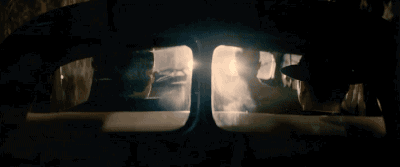
Exposure
The process in which photosensitive materials are exposed to light. The amount of exposure depends on the illuminance and exposure time of the photosensitive material, namely: exposure = illuminance × time. The illuminance can be adjusted by the size of the aperture, and the exposure time can be controlled by the speed of the shutter (iridium). The film in a movie camera runs continuously at a constant speed. Generally, in addition to the use of the aperture, sometimes the opening angle of the shutter, which is commonly known as the B squatting shadow, installed inside the fuselage, is used to adjust the exposure.
1. Exposure point
The scene brightness control point that obtains the intermediate density on the film negative is also the reference point for the selection of the exposure combination. In film production, its choice is restricted by the following interrelationships: the scene brightness of the intermediate reflectance produces the intermediate density of the negative film, and the best visual effect on the screen is obtained through the standard light number printing. In actual shooting, the specific lighting conditions of the subject are the main basis for selecting the exposure point and measuring the various parameters of the exposure.
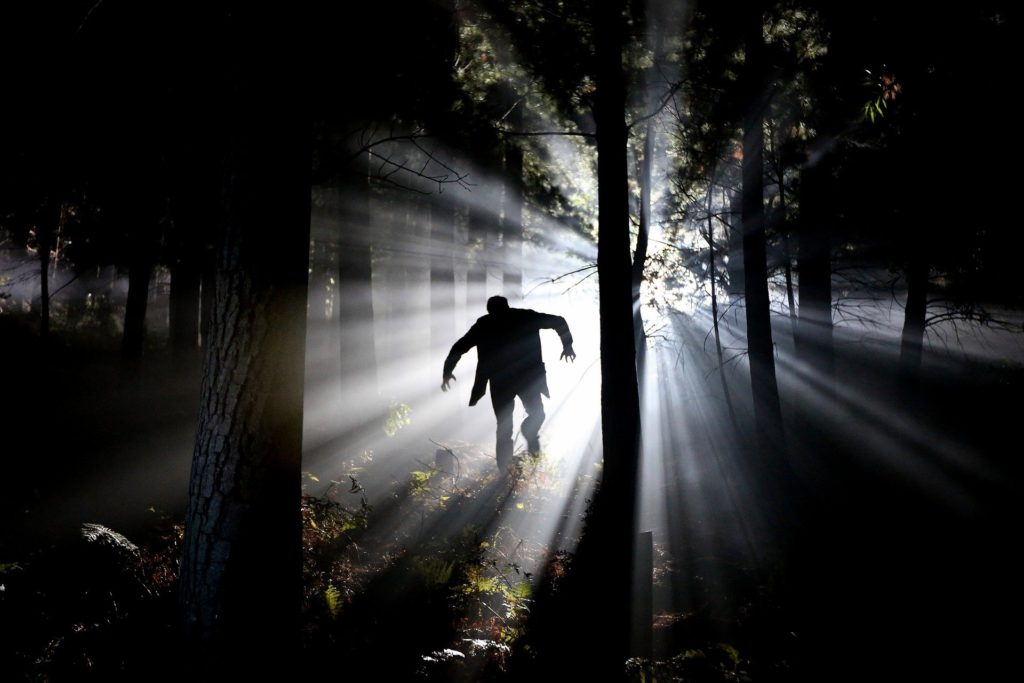
2. Underexposure and overexposure
The light of the shooting scene is relatively dim, and the picture is dim and unclear when the aperture is not adjusted when shooting, which is called “underexposure”, and vice versa, it is called “overexposure”. Underexposure and overexposure are caused by photography errors, but sometimes in order to obtain special artistic effects, underexposure or overexposure is deliberately made. When the two images are handed over, using the special technique of underexposure or overexposure can produce unexpected artistic effects.
3. Exposure counter-effects
Refers to the inverse effect of continuing to expose after increasing the exposure, which reduces the density.
4. Dark part exposure
Align the exposure point of the dark part of the light meter with the lowest measurement for exposure, which is called the dark part exposure. Dark part exposure makes the dark part distinct, and the remaining parts are outside the effective light range of the film, which will inevitably be overexposed, especially the brightest part of the picture is whitish and hairy. This method is suitable for pictures such as photographic tone and soft tone.
5. Bright part exposure
To measure the scene, select the highest brightness in the light domain, and use the light meter’s bright part exposure point to aim at the highest brightness for exposure, which is called bright part exposure. With this method, only the stepped part of the bright part in the selected light range can be photographed, and the other fading parts are outside the effective light range on the film, which is inevitably underexposed and lacks gradation. The high-brightness parts of the picture are distinct, while the dark parts become shadows or silhouettes. This method is suitable for shooting “dark tuning” and “hard tuning” pictures.

Photosensitive
1. Sensitivity
Indicates the numerical value of the speed of light-sensing. Under the prescribed developing conditions, measure the amount of exposure required for the photosensitive material to reach a certain density value, namely: sensitivity = constant. There are many international standards for the measurement of sensitivity, such as my country’s Interim Standard (GB), American National Enterprise Standard (ASA) and so on.
2. Measuring method of sensitivity
Based on the relationship between exposure and density, methods to test the performance of photosensitive materials and control the conditions of photography and printing. The photosensitive material is exposed in a sensitizer in a stepwise and gradual manner. After development, a specific curve of the corresponding relationship between the exposure and the density value can be obtained, and then the sensitivity (exposure index) and gamma of the photosensitive material can be measured. Expressed by r), tolerance (brightness tolerance) and other characteristic indicators. The optical wedges are developed at different times, and a r=f(t) function curve is drawn according to the corresponding relationship between the gamma and the developing time, which serves as the basis for the processing conditions in the control.
Clarity, brightness and visibility
1. Clarity
Also known as the “image world”, the imaging lens of a photographic lens has the ability to express clarity on fine textures. The reflected light spot of the object is condensed into a focal point (actually a dispersion circle) through the lens, and its size can determine the sharpness of the lens. If the dispersion circle is large, the image boundary of the lens must be soft, and the fine texture cannot be displayed; if all the dispersion circles are very small, and the composed image can distinguish the fine texture, the image boundary of the lens can be said to be good. This is optical clarity. In addition, the low resolution of the photosensitive film, overexposure, excessive developer properties and improper development processing methods, etc., will affect the clarity of the image, which belongs to the definition of photography.

2. Brightness
Photography terminology. The degree of visual brightness produced by light. Brightness is different from brightness. It is a subjective feeling and a psychological impression that cannot be directly measured.
3. Visibility
Usually refers to the maximum distance an object can be seen by normal eyesight. This refers to the degree of clarity of the film picture (projected on the screen) at a certain distance, which is seen by normal eyesight, so it is also called “brightness”. The visibility is restricted by many factors, such as the resolution of the camera, the weather, and the light when shooting.
Camera book and photography explanation
1. Photography table book
Also called “Photographic Design”. The specific shooting plan formulated to reflect the creative intention of photography. The camera book includes the branch design, special effects and specific measures. The photographer (photographer) must study each lens, from the shooting angle to the lighting, from the shooting time to the atmosphere, from the color to the optical lens and optical accessories, from the shooting method to the technical measures, all must be carefully considered. The photography table is also the most specific and detailed shooting plan of the photographer (photographer).
2. Photography explanation
The working terms of cinematographers and TV cameramen before shooting. After accepting the shooting task, the photographer (photographer) thoroughly analyzed the film and television manuscript on the basis of listening to the director’s opinions, and then explained his understanding of the manuscript to the film crew and his assumptions and requirements for the main scenes of the film and television teaching materials. Due to the different creations of photographers (photographers), the ways of expressing photographic ideas are also different, some are expressed in words, and some are expressed in words and sketches. The photographer (photographer) must make a photographic explanation before the film and television teaching materials start shooting, and communicate with other creative departments to unify their intentions so that the photographic concept can be realized.
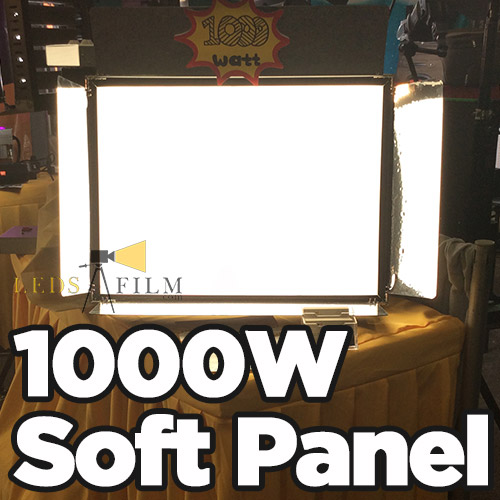
Shooting sequence table and subjects
1. Shooting sequence table
Arrange the manuscripts of the shots according to the convenience of shooting, not in the order of the last screening. The shooting order of the scenes, the location is often determined by the season. Sometimes the order of shooting is adjusted because the actors accept two or more film and television textbook tasks at the same time. In the same scene, the shooting sequence of the lens mainly considers the lens of the same shooting direction as a unit, and the panoramic shot should be taken first, and then the medium and close shots should be shot. Arranging the shooting order reasonably can save the time of lighting, setting up and arranging props and furnishings, thereby improving work efficiency.
2. Subject
Refers to the scene represented in the lens picture. Under normal circumstances, these scenes should be within the focal range of the lens, and the out-of-focus scene should not belong to the subject (even if it is also in the frame). But sometimes in order to obtain a certain special effect, the photographer deliberately turns the subject into a virtual focus. Translate the subject into “object” abroad.
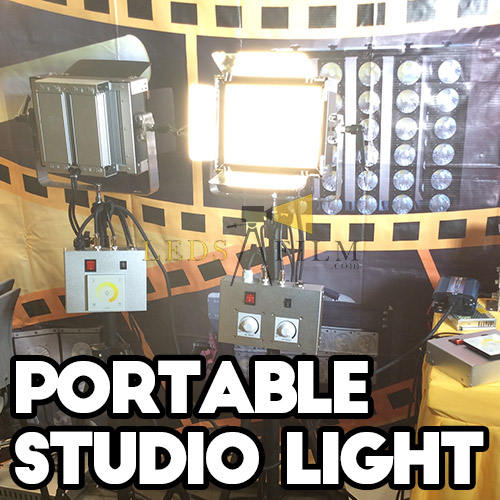
Composition
Originally a term of “plastic art”, it was later often used by film and television textbook producers. This mostly refers to the photographic (image) composition of the film and television teaching materials. Photography (image) composition runs through the entire process of conception and reproduction in the creation of film and television teaching materials. In order to express the main ideas and aesthetics of the work, the director of the film and television teaching materials and the photographer (image) engineer arrange and deal with the relationship and position of the characters in a certain space, and combine individual or partial images into an artistic whole. The composition requires a global concept, highlighting the main body, concise picture, vivid image, and combination of tone and theme.
1. Photography composition
In a broad sense, the composition of photography (image) runs through the entire process of conception and reproduction of photography (image) creation. In a narrow sense, it refers to the layout and structure of the photographic (image) picture. Based on real life, and with expression methods that are more expressive and artistically appealing than real life, the objective objects are organically organized and arranged in the picture, so that the thoughts can be fully expressed.
